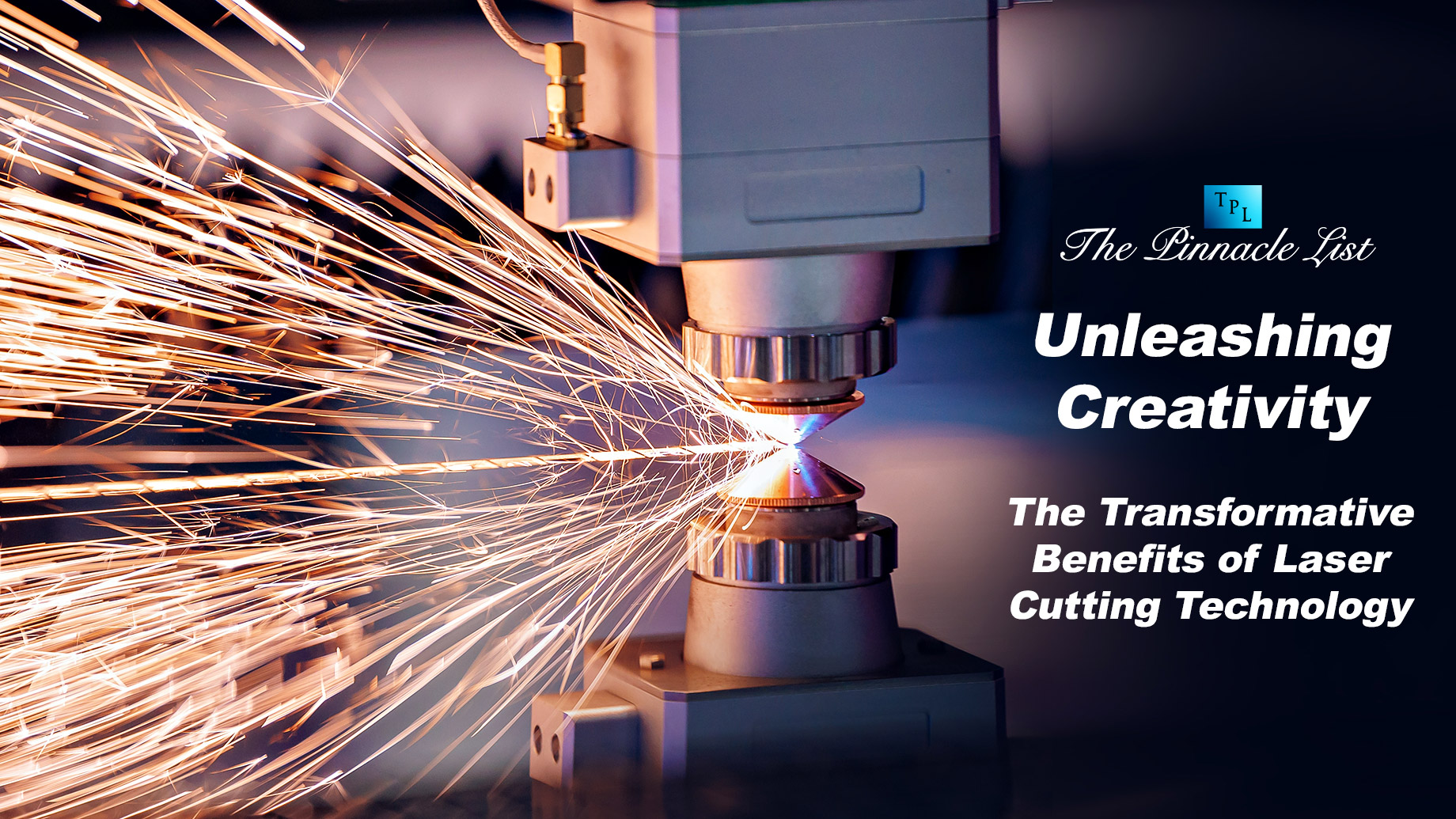
Laser cutting technology has revolutionized manufacturing and creative design, allowing for exceptional precision, speed, and versatility. This advanced method enables designers, engineers, and artists alike to explore intricate designs and efficient production techniques across a range of materials. As a result, laser cutting is increasingly popular in industries from engineering to art, offering immense potential for innovation and efficiency.
What is Laser Cutting?
Laser cutting is a technology that uses a high-powered laser beam from a laser cutting machine to cut, engrave, or etch materials with extraordinary precision. This method relies on focused light beams directed onto a material’s surface, melting, burning, or vaporizing specific sections. There are various types of laser cutters, including:
- CO2 Lasers: Primarily used for non-metal materials such as wood, acrylic, and glass.
- Fiber Lasers: Known for their effectiveness in cutting metals, especially in industrial settings.
- Crystal Lasers: High-powered lasers ideal for applications requiring the utmost precision, though typically more costly.
Each type is suited to different applications and materials, adding to the versatility that makes laser cutting so widely applicable.
Core Advantages of Laser Cutting Technology
- Precision and Accuracy: Laser cutting offers unmatched precision, delivering highly accurate and intricate designs. This is particularly beneficial for industries requiring tight tolerances, where even minor inaccuracies can compromise product quality.
- Speed and Efficiency: Laser cutting minimizes production times, with machines quickly processing even complex designs. The technology’s automation reduces the need for human intervention, further enhancing productivity by allowing multiple projects to be handled simultaneously.
- Versatility Across Materials: One of the standout features of laser cutting is its ability to handle various materials, from metals to plastics to organic materials like wood. This versatility enables its use in numerous applications, whether creating custom jewelry, signage, or industrial components.
Applications Across Industries
Laser cutting technology has diverse applications across multiple sectors:
- Manufacturing and Engineering: Manufacturing benefits from laser cutting’s ability to create precise parts and prototypes. From automobile components to intricate machinery parts, laser cutting ensures durability and reliability.
- Art and Design: Artists and designers leverage laser cutting to craft unique, personalized items, from decor pieces to intricate jewelry. Its precision allows creative ideas to be realized in highly detailed works, pushing the boundaries of modern design.
- Healthcare and Electronics: In healthcare, laser cutting assists in producing small, precise parts for medical devices, while in electronics, it supports the manufacturing of micro-components essential in advanced electronic gadgets.
Environmental and Cost Benefits
Beyond its production advantages, laser cutting also supports environmental and cost goals:
- Minimized Waste: Precision cutting helps reduce material waste, benefiting manufacturers by lowering material costs and reducing environmental impact. Laser cutting’s controlled cuts mean fewer errors and less scrap material.
- Cost Efficiency: Reduced labor and faster production times translate to lower operational costs. Additionally, the automation and efficiency of laser cutting reduce energy consumption, making it a more sustainable option.
Recommended Machines: OMTech Turbo Series
The OMTech Turbo Series is crafted for those seeking high-power, high-speed laser engraving solutions, delivering both precision and durability across various projects. This series offers a range of wattages to meet different production needs, each featuring user-friendly software, enhanced speed, and multi-material compatibility. A standout from this series is the OMTech 50W CO2 laser cutting machine. It combines the Turbo Series’ advanced capabilities with a manageable 50W power output, ideal for small businesses and intricate DIY projects alike. This machine efficiently cuts and engraves materials like wood, acrylic, and fabric, making it highly versatile and accessible for both hobbyists and professionals.
Future Trends in Laser Cutting Technology
The field of laser cutting continues to evolve with innovations focused on smarter, more efficient processes:
- Technological Advancements: With the integration of artificial intelligence, laser cutters are becoming even smarter, using optimized cutting paths to enhance precision and efficiency. Cloud-based design platforms also allow for real-time updates and remote operation.
- Sustainability Improvements: Efforts are underway to make laser cutting more energy-efficient. Enhanced power management and green laser technology are expected to minimize environmental impact, aligning with global sustainability goals.
Conclusion
Laser cutting technology is reshaping what’s possible in design and manufacturing, offering unmatched precision, versatility, and efficiency. As advancements continue, laser cutting will play an even greater role in fostering creativity, supporting sustainable practices, and delivering cost-effective production solutions across industries.